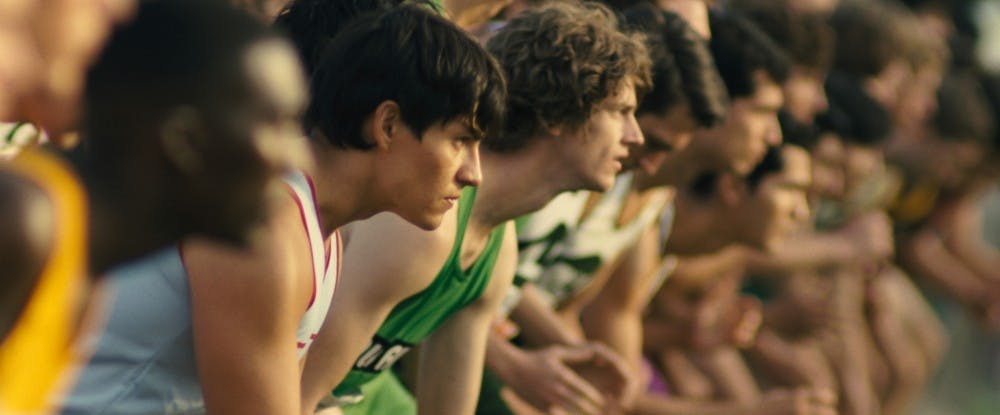‘McFarland, USA’
A
With “McFarland, USA,” Disney proves, once again, it does feel-good underdog stories better than anyone else.
The film’s cast, led by an always-solid Kevin Costner, delivered in every scene. Costner plays the aptly named Jim White, who comes to southern California’s McFarland High after being fired for numerous bouts with his bad temper at other schools. He arrives at McFarland to coach football and teach life science. White is booted from his football position pretty early on, however, and realizes the boys are much better suited to be cross-country runners than football players.
But don’t be fooled. This movie isn’t about Coach White.
The young actors who play the runners are characters with enough believable resiliency to leave even the most cynical moviegoer inspired.
The writing is quick, allowing the dialogue the depth needed to illustrate the complex lives of these runners. Director Niki Caro did a great job of keeping the movie true to its core, which is about a community banding together to rally behind something hopeful. It’s about young marginalized peoples finding their strength in the face of a world that tells them their dreams are invalid.
It’s easy for movies like these to play into a few simple tropes, all of which are more insulting to the audience than the next: Poor-Brown-Kids-Trying-To-Get-Out-of-the-Hood, followed by the classic Sports-Are-the-Only-Way-Out, succeeded only by the worst of them all, The White Savior.
For those unfamiliar with the concept of the White Savior, it’s simple. It plays on the idea people of color are unable to save themselves from the poor conditions in which they live. It suggests minority characters are at the will of the white messiah and ultimately indebted to them for their eventual freedom/success/happiness.
I went into the film hyper-aware of its thematically similar predecessors — “The Blind Side,” “Freedom Writers,” etc. I was prepared to be disappointed in its patronizing narrative choices. I couldn’t have been more wrong.
“McFarland, USA” turns the story on its head. Time and time again the boys are the ones who save White. They save his job by sacrificing time and money by running for his team instead of working in the fields with their families, and they keep his family from falling apart by throwing his daughter a quinceañera after he forgets her birthday. But most importantly, they save themselves.
After upsetting a few state-ranked white teams and seeing the boys can continue to work — as long as they go to the fields early and practice later — the community begins to rally behind the team. They have fundraisers for new uniforms and running shoes, build their program from the ground up, make sacrifice after sacrifice and work harder than any other team. That dedication eventually translates into the classroom.
The people who inspired this movie never had a family member complete the ninth grade. All of these men made it to college.
Now, don’t get me wrong, of course there are shortcomings. There are times when the plot is a little too simple, too predictable. If you’ve ever watched a Disney sports movie before — see “Remember the Titans”, especially — you can more or less call what’s going to come next.
First, the main character will reveal the deep, dark secret that drives his or her dedication — or reluctance — to the game.
Then, the coach will have to decide whether dealing with the additional social pressures of leading a team outside their normal environment is worth it.
Finally, after overcoming all of that, tragedy will happen just when everything starts getting good, and the hopeful team’s chance at the championship is thrown.
These plot points are pretty much unavoidable, but as far as “McFarland” is concerned, they’re navigated well.
Even in a family-centric film like this, I didn’t feel as though I was being patronized. I felt, for the first time in a long while, represented.
As a black person, I know how rare it is to see faces that look like mine on screen — let alone in stories that reflect our struggles as well as our successes. It’s even more rare to see Latino-driven films. And it’s crucial for people of color to continue to receive representation like this in commercial media.
For this reason alone, “McFarland” runs ahead of the pack. Even the title was a deliberate move on Disney’s part. In calling the film “McFarland, USA,” as opposed to the more local and obvious choice, “McFarland, Calif.,” we’re taking a small-town underdog story and dipping it in the American Dream.
This movie hammers home one lasting message for moviegoers: America wasn’t built for the people of McFarland, but by God, they will make it theirs.




